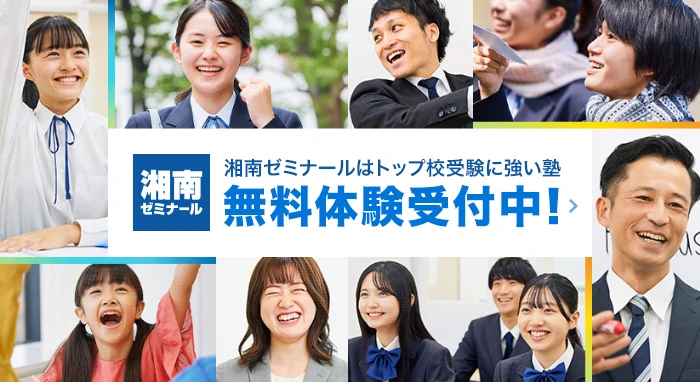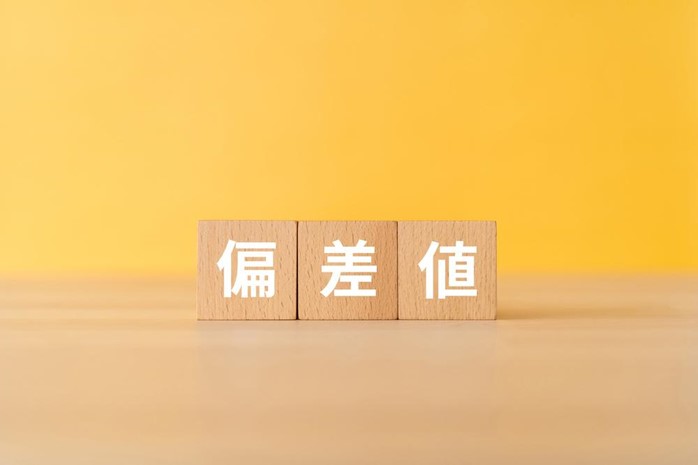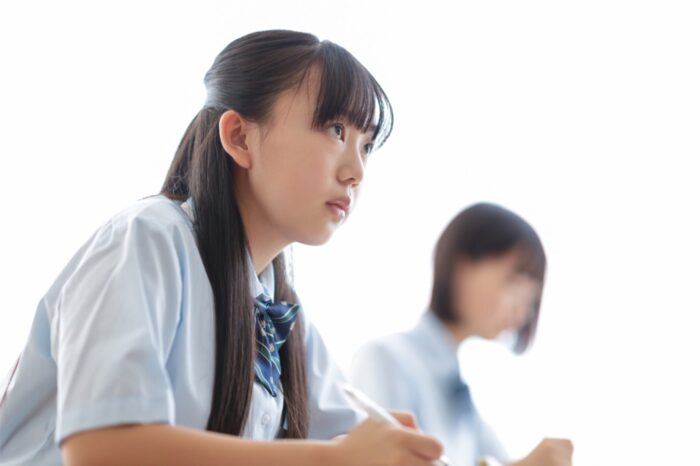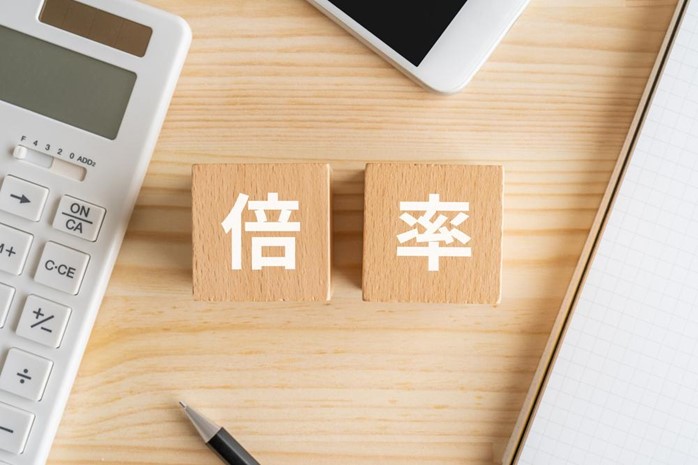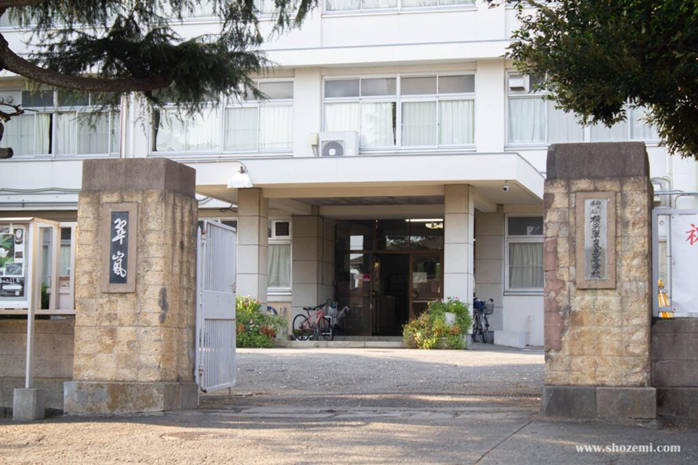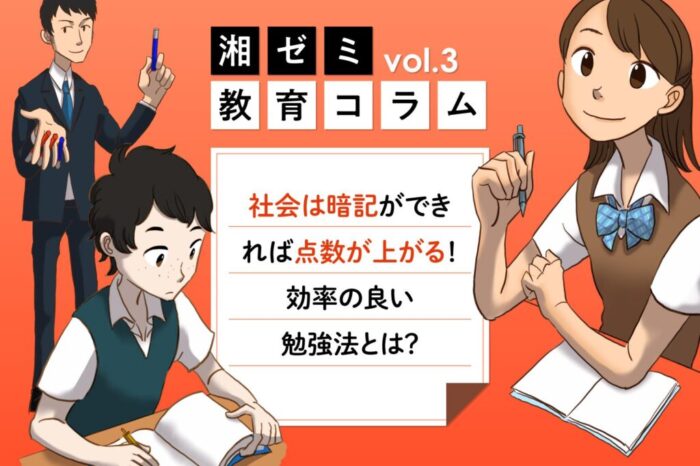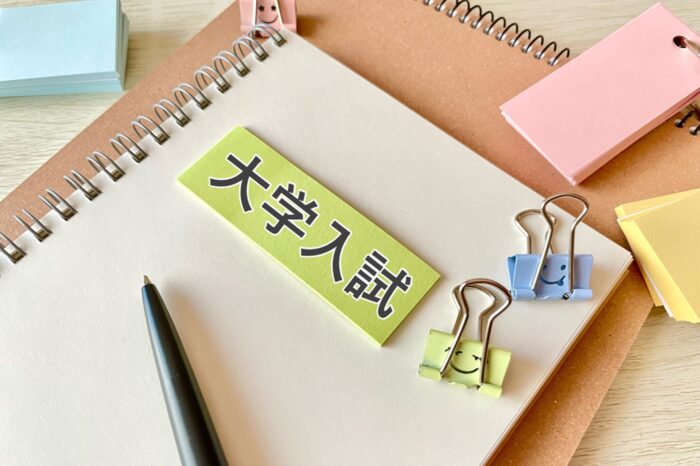その他
STEAM教育ワークショップ『アートの歴史から覗くピンホールカメラの世界』The World of Pinhole Camera Through the History of Art
※本記事は日本語・英語の2か国語で掲載しております。
テクノロジーがめまぐるしく進化する時代、「直感」や「想像力」を働かせ、課題解決するするためのクリティカルな思考力は不可欠なスキルで、これからの未来を生きる子どもたちには、より一層求められるようになります。
そのため、教育は先生が生徒に「教える」ものから、「何ができるようになるか」といったクリティカルな思考力、課題解決力、そしてプロジェクトを通じて学ぶ力を「育む」ものへと変化しつつあります。
In the era of rapid technological advancement, the ability to think critically in order to solve problems with “intuition” and “imagination” is an essential skill, and one which the children of today must develop in order to be prepared for the future. As a result, the delivery style of education is gradually shifting from “teaching” to “nurturing” the abilities of children to think critically, solve problems and learn through projects.
湘南ゼミナールの研究チーム SHO-zemi Labs では、子どもたちを対象に、新しい学びの方法を探求する先進的なワークショップを企画開催いたしました。
SHO-zemi Labs, a research team at Shonan Seminar, organized this innovative workshop for children to explore learning in new ways.
「ピンホールカメラの科学・歴史・アート」は、バイリンガルの環境で科学をアートの視点から学ぶ、課題解決型学習(PBL)の学習法を用いたワークショップです。
The “Science, History, & Art of the Pinhole Camera” workshop was a Project Based Learning (PBL) experience that taught science through the lens of art in a bilingual environment.
アメリカではじまった STEM (Science 科学、Technology テクノロジー、Engineering エンジニアリング、Mathematics 数学)にArt(芸術)の要素が加わったSTEAMは、世界中に広がり、進化し続けています。その STEAM の要素を取り入れた最新のワークショップの模様をぜひご覧ください。
Please check out below the report of our latest workshop which incorporated the principles of STEAM (Disciplines of Science, Technology, Engineering, Art, Mathematics) education that began in the United States as STEM and has evolved to include art disciplines, STEAM. It has continued to spread and evolve throughout the world.
アートの歴史から覗くピンホールカメラの世界
The World of Pinhole Camera Through the History of Art
「生きていくために必要なものは?衣食住以外に何が必要?」と、子どもたちへと問いかけられた質問。
The children were asked, “What is essential for living? What do we need other than clothes, food, and shelter?”
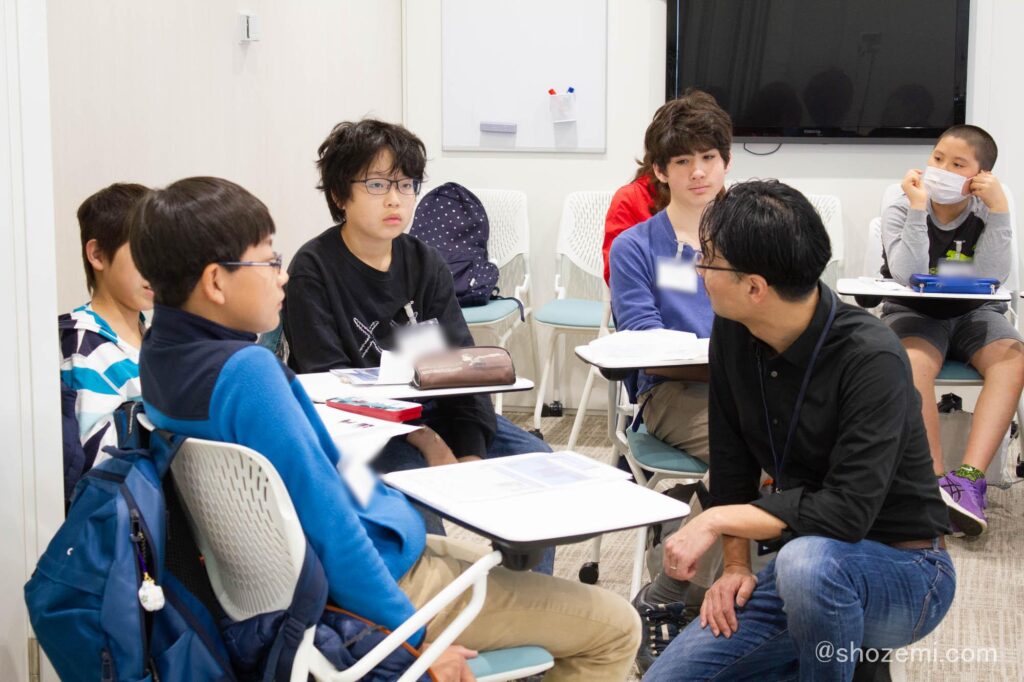
衣食住に加え、生きていくために「アート」が必要です!4つ目に必要なもの、それは「アート」!
In addition to food, clothing and shelter, we need ART to live! The 4th essential of life is ART!
アートは趣味・娯楽としての側面だけではなく、人間としての経験を表現する方法でもあります。そのことに気づくまでの過程は、生徒たちにとっては予想外のものでした。彼らは、アートの歴史がアートの未来とどうつながっているかについて意見を述べることに挑戦しました。自らの個人的な経験という視点を通じて意見を素直に話し合い、その質問に答えるよう努めました。
Art is the expression of human experience, not only entertainment or a hobby. The journey to this realization was an unexpected one for the students! They were challenged to give opinions on how the history of art is related to the future of art. They discussed their honest opinions through the lens of their personal experiences and strived to answer the question.
アーティストや学者は、物事をさまざまな角度・視点から観察し、疑問を抱いて、作品や発明を生み出してきました。このセッションでは「ピンホールカメラ」というテーマに焦点を当てました。特に、ピンホールカメラは当時の技術革新のきっかけとなり、歴史への影響を通して現代の経験を形作った科学者やアーティストの心を刺激しました。
Artists and scientists observe things from multiple angles and perspectives and ask questions that lead to great works of art and inventions. The session focused on the theme of the “pinhole camera,” specifically that it was a catalyst of innovation in its period and inspired the minds of the scientists and artists who have shaped our modern experience through their impact on history.
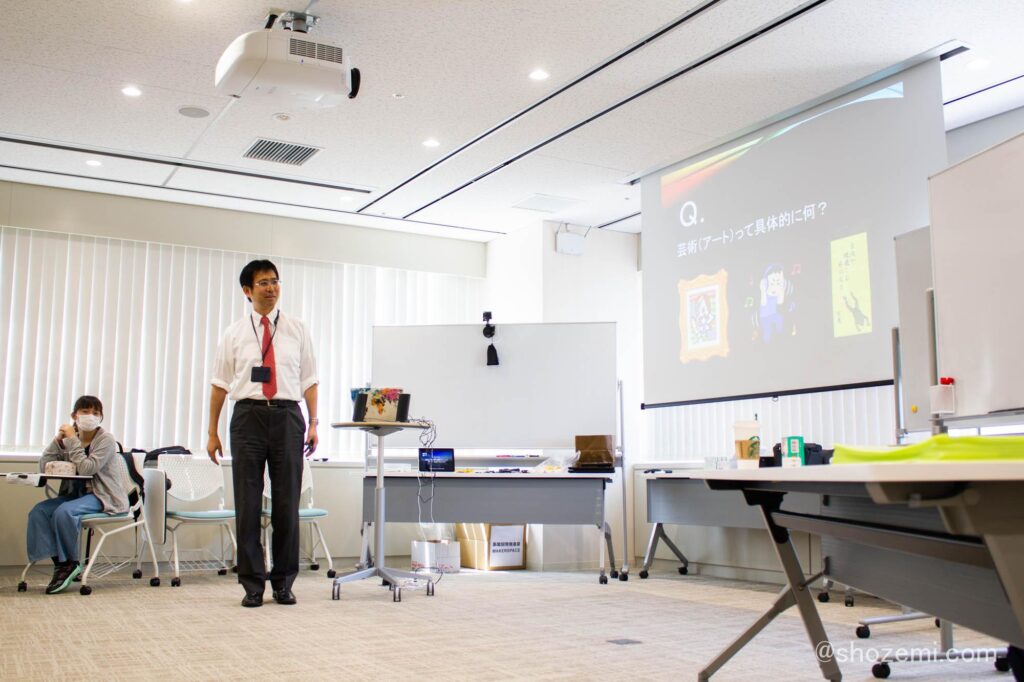
” ピンホール”とは、その名の通り「ピンで開けた穴=小さな穴」を意味します。
“Pinhole” literally means “a small hole or the hole made by a pin.”
太陽が眩しくなったこの季節、みなさんも木陰で休んでいて気付いたことはありませんか?木陰から差し込む光は、葉の形とは違い、丸くなっています。
During this sunny season, when you have had occasion to rest in the shade, have you noticed anything unusual about the image of the tree shadows?
The light that shines through the spaces between the leaves on the trees appears round– different from the shapes of the leaves.
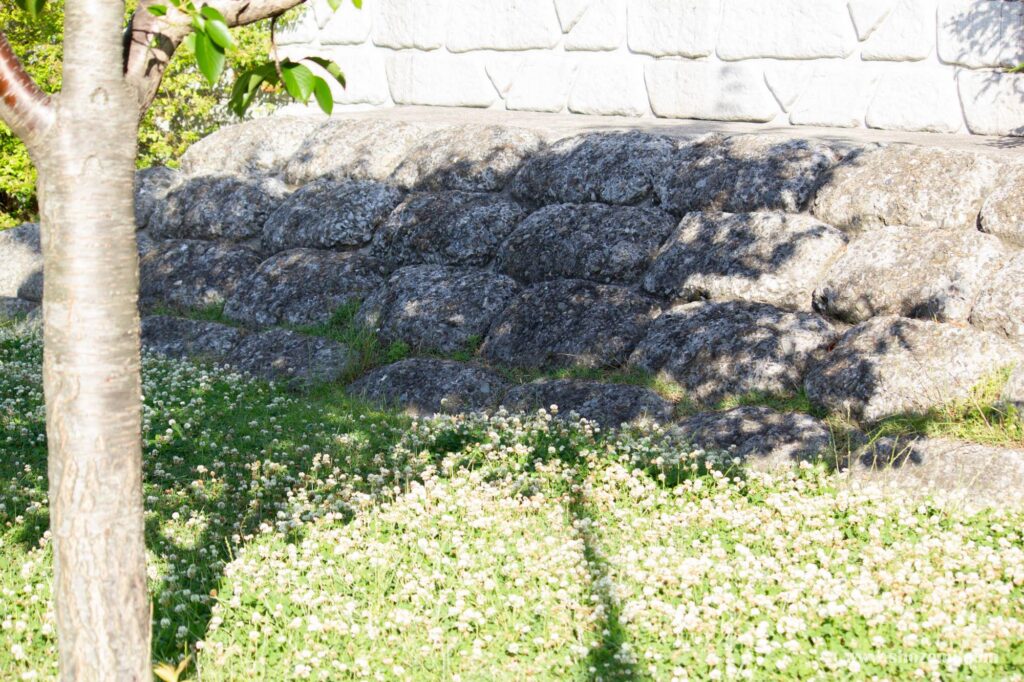
古代ギリシャの哲学者アリストテレス(紀元前384年~紀元前322年)は、こんな情景を見て疑問に思ったのがピンホール現象発見の糸口となったと言われています。
Aristotle (384B.C.~322B.C.), an ancient Greek philosopher, had questions about this phenomena and this inquiry is believed to be the beginning of identifying the pinhole phenomenon.
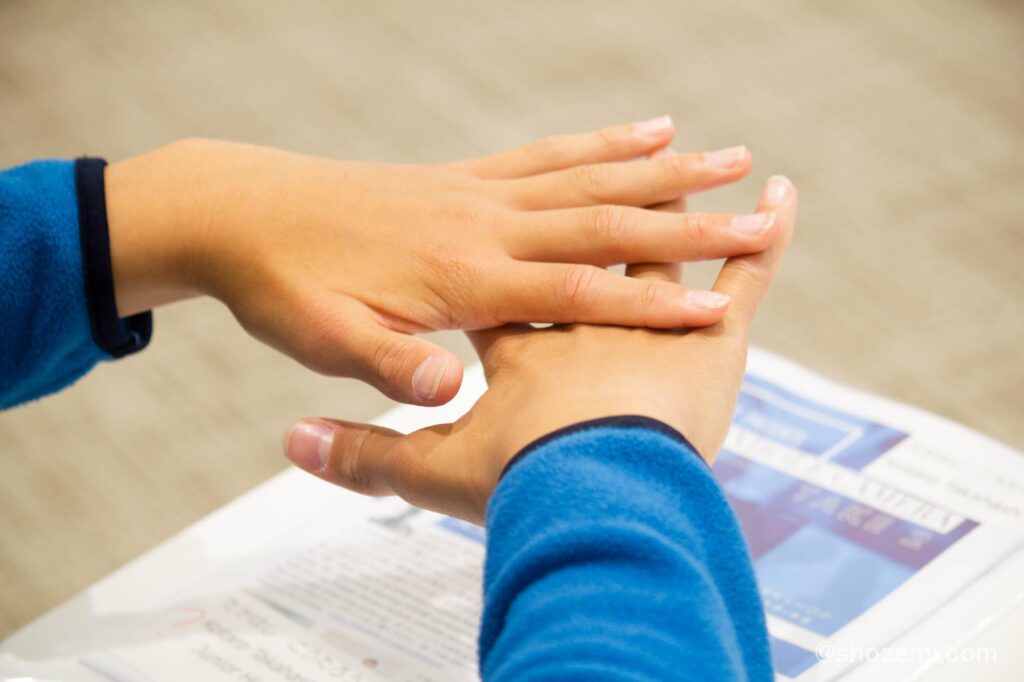
参加した子どもたちは、両手の指を組み合わせてザルの目を作り、その隙間から太陽の光線を通して見るとどうなるのかを試してみました。
Children made a mesh with their hands and experimented with light on the paper below, paying careful attention to how the image would appear when the sunlight passed through.
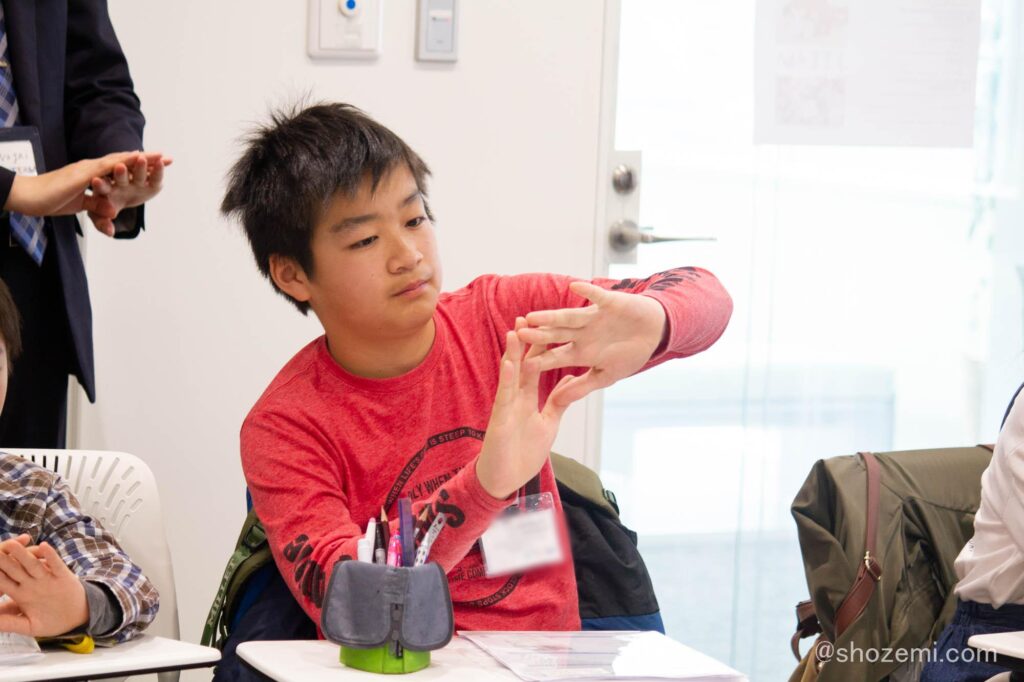
その後、「光学の父」とも謳われるアラビアの博物学者イブン・アル=ハイサムによって、ピンホール現象を応用した、Camera Obscura(カメラ・オブスキュラ)が発明されました。いちばん最初のピンホールカメラは、一方の壁に光が差し込むためのピンホール(小さな穴)が開けられ、その反対側の壁にさかさまのイメージが投影される真っ暗な部屋でした。
Later, Ibn al-Haitham, father of optics invented the Camera Obscura that applied the pinhole phenomena. The very first pinhole camera was a dark room with a pinhole (a very small hole) on the wall for the light to shine into the room and project an image onto the other side of the room.
子供たちは、はるか昔から人々が日々の生活の中で生じる疑問に答えようとしていたことが、「ピンホール現象」の発見につながり、更には芸術の発展に大きくかかわっていたことにとても驚いていました。
Children were surprised to discover that people from the past tried to answer everyday life questions, and that searching for answers led to the recognition of the “pinhole phenomenon” and contributed greatly to the development of art.
さらに子どもたちは、Camera Obscura の模型を覗いてその構造を体験しました。
Children further experienced the structure by looking through the model of the camera obscura.
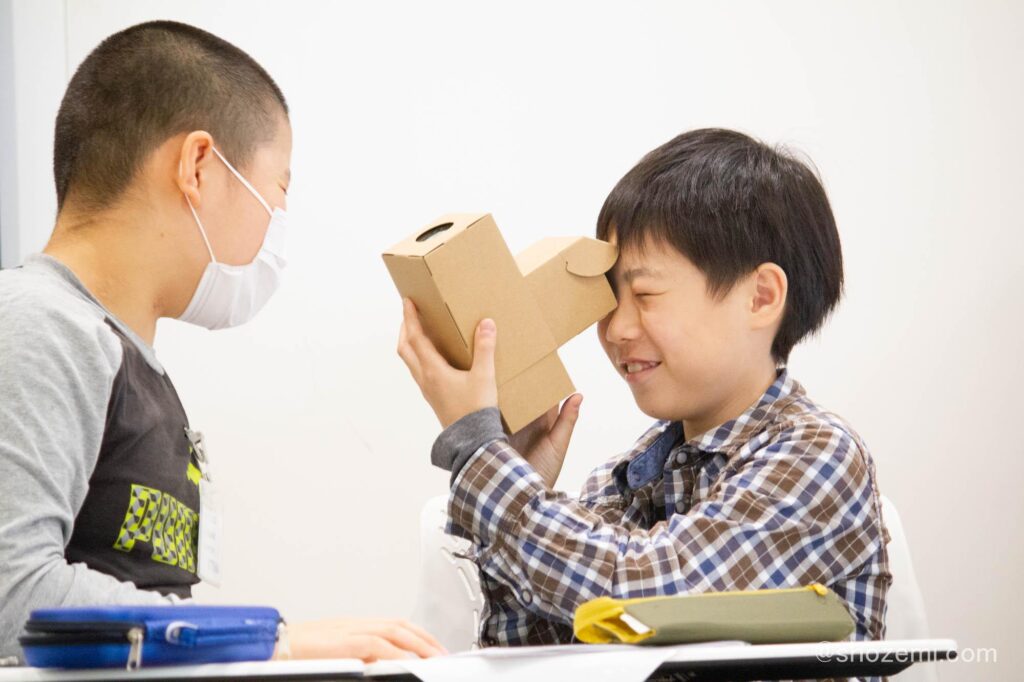
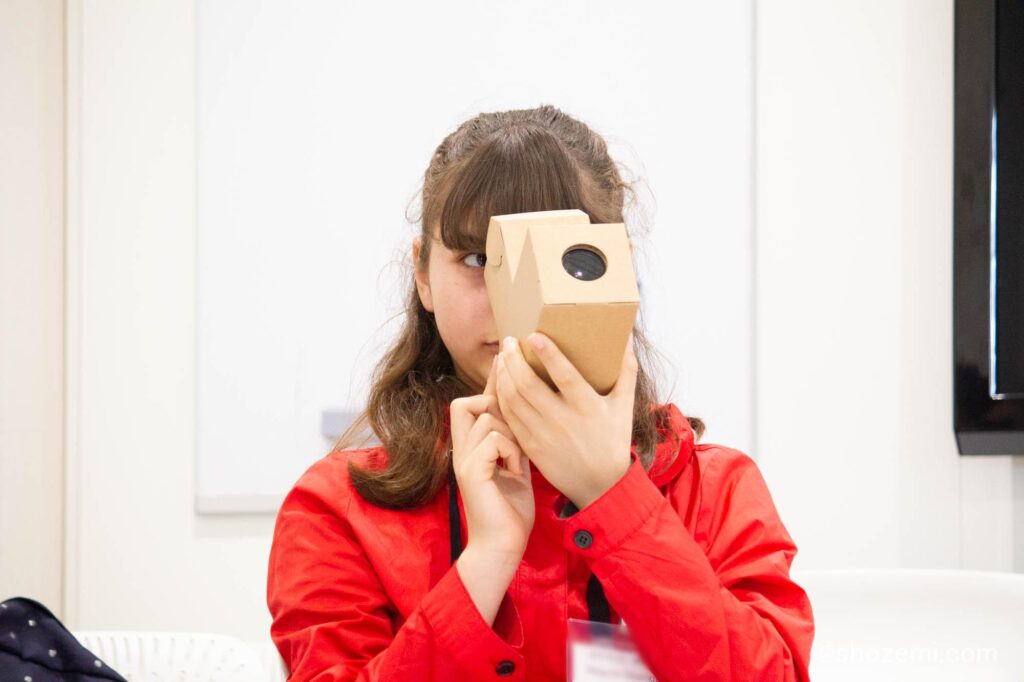
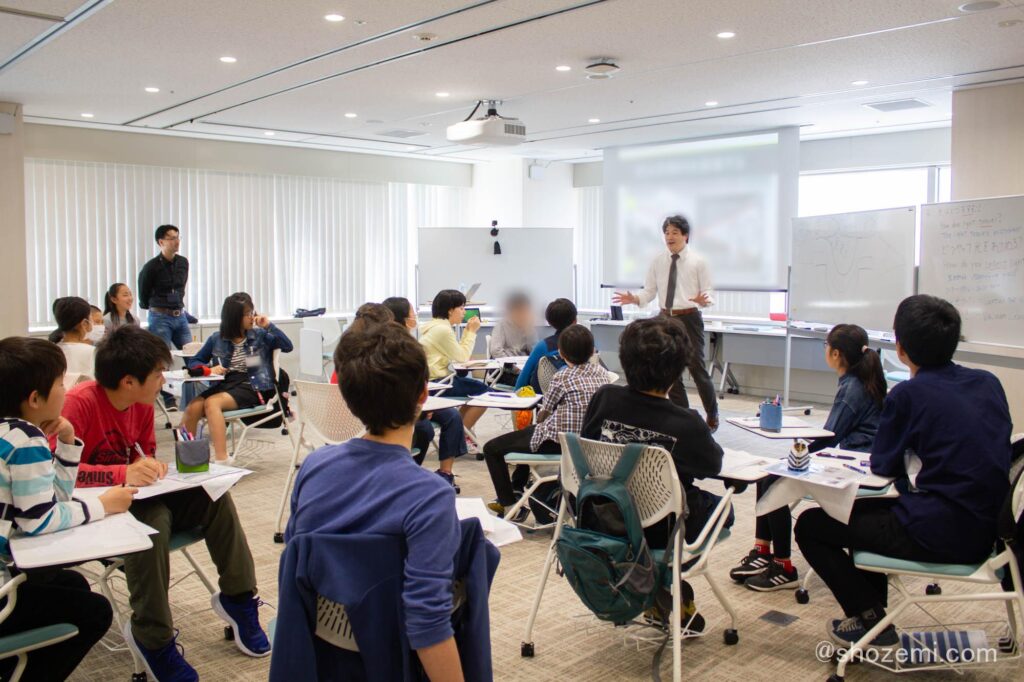
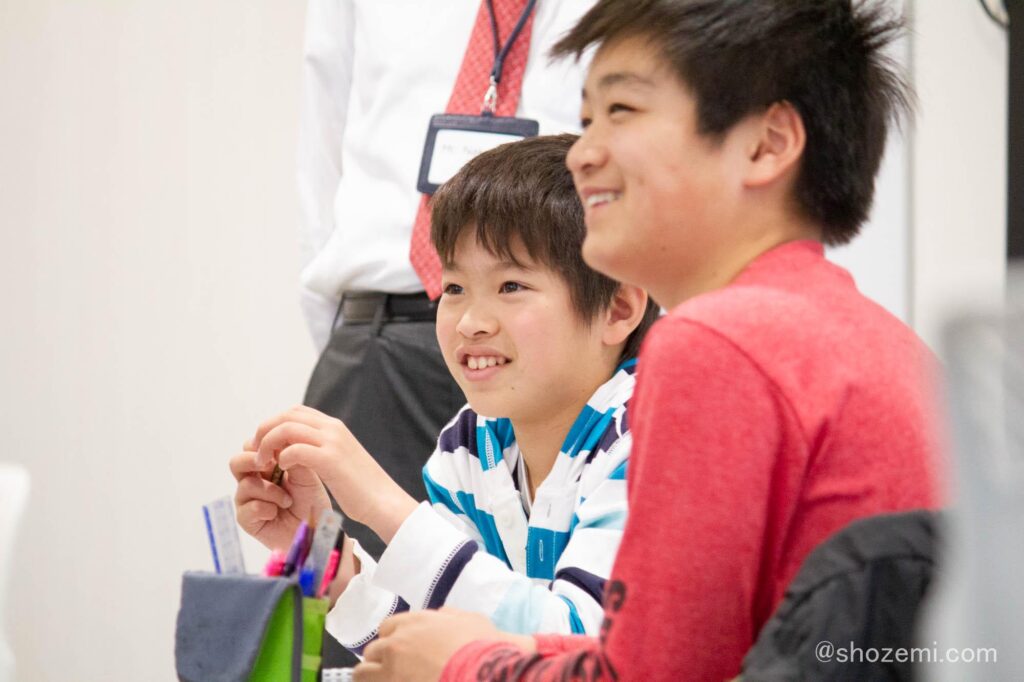
身近なものを、その物としてみるか(例えば、バスケットボール)、数学で学ぶ形としてとらえるか(例えば、球体)によって、世界を見る時の視野が変わります。
In everyday life, when you see a shape, whether you see it as a mathematical shape (i.e. a sphere) or simply as the image you recognize (i.e. a basketball) affects the richness of your perception of the world around you.
次に、子どもたちは科学と数学を適用し、身近な材料の例を通して光の屈折について学びました。
In the next session, children applied science and math and learned about the refraction of light through the examples of materials that are familiar to them.
「光は〇〇を直進する。〇〇には何が入る?」「光はどのように集めるの?」様々な質問に対して、子どもたちは、小グループで多くの質問について話し合うよう求められました。他にも、「この図のように、曲がったゴムチューブをのぞき込むと、反対側の木を見ることはできる?」や、「スプーンをのぞき込んだ時、自分の顔はどのように映る?」等の課題について取り組みました。
The children were asked to discuss many questions in small groups. One such question was “Light travels in a straight line in 〇〇. What goes into the 〇〇?” Another question was “How can you collect light?” Still others were “If you look through a bent rubber tube, as in this picture, will you be able to see the tree on the other end?” and “If you look into a spoon, how will your face appear? “
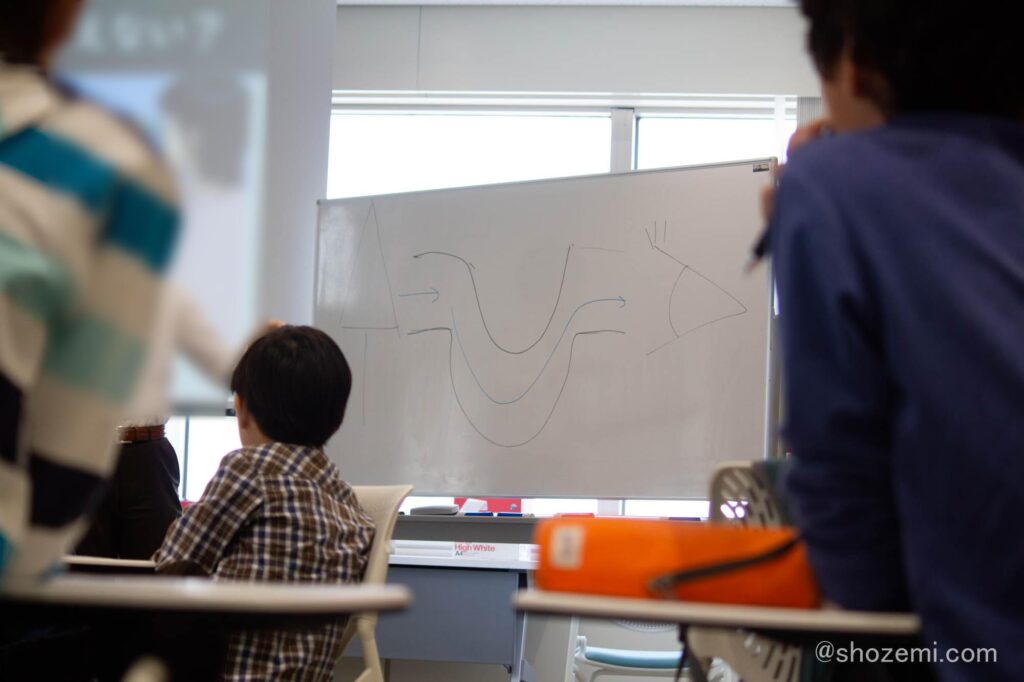
子どもたちは柔軟に頭を使って、小グループで話し合いながら正解を導き出していました。理科の授業で学ぶ「光の性質」について、学びの過程において自由と責任の両方を与える挑戦的な新しい方法で学びました。
Children thought outside the box and discussed with their small group members to arrive at the correct answers. They learned about the “nature of light,” a topic which they study in their science classes, in a challenging new manner which gave them both freedom and responsibility in their learning process.
最後に、子どもたちは自らの知識を適用して以下の課題を解決するよう求められました。
In the end, children were asked to solve this challenge as an application of their knowledge.
Q:このような”F”を撮るには、ピンホールカメラでどのように撮影すればいい?
In order to shoot this “F” with your pinhole camera and get a properly faced F, how would you shoot it?
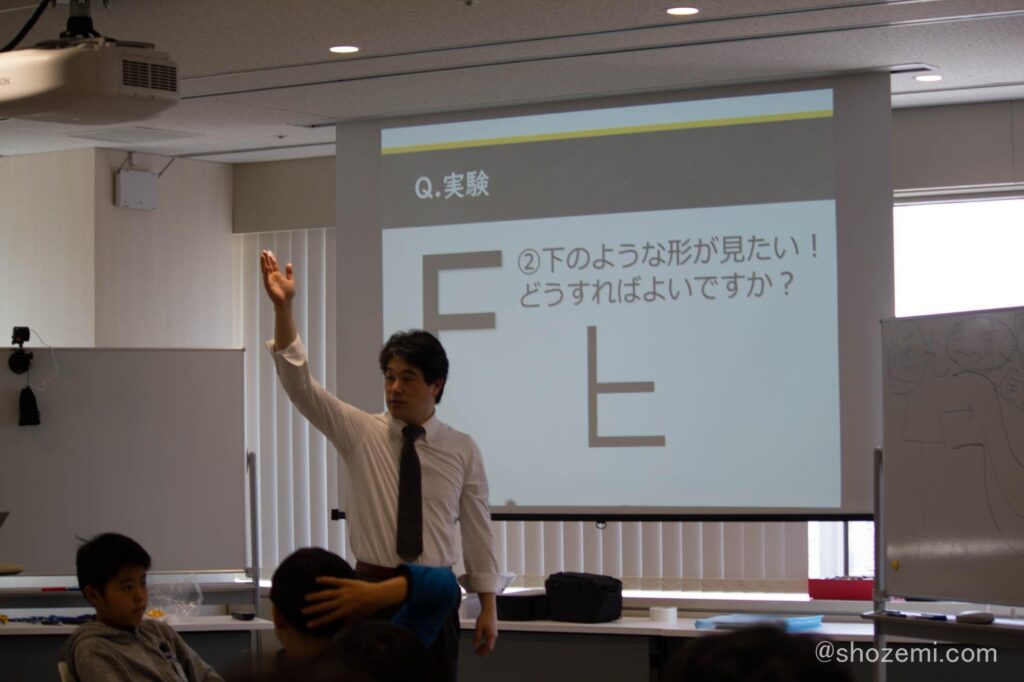
「ぜひこの問題にチャレンジしてみてください!」
答えを導き出すには、授業を通してみていた平面画像を立体的にみる必要があります。
このセッションを通じて、人生においてとても大切なテーマが伝えられました。それは、私たちは物事を複数の観点から見るべきであり、自らが見ることができるものに自身を限定するべきではないということです。すなわち、創造的適用力で、学校で学ぶ数学や理科の知識がどのように実生活に活きているかを見ることができます。
“Please try to solve this puzzle!” To solve this problem, children had to look at this image and think in three-dimensions, instead of in the flat images that they had been seeing throughout the whole class. The central theme conveyed in this session was a very important life lesson- we should look at things from multiple perspectives and not restrict ourselves to the things that we can see. That is the power of creative application and where they can see science and mathematics in action in their lives.
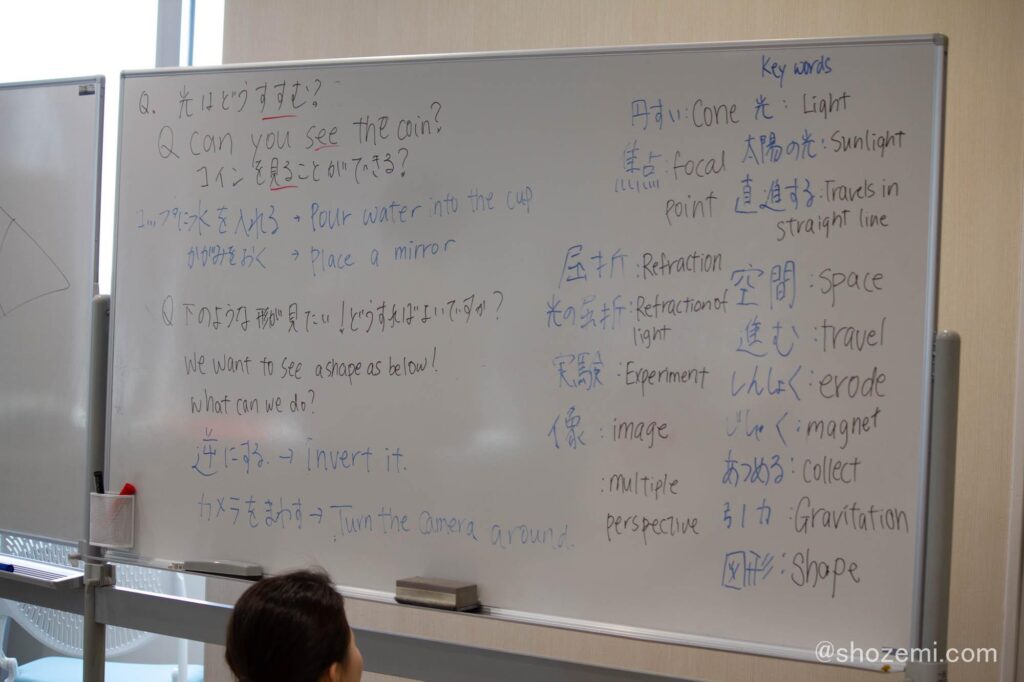
レッスン中は、先生から出題された問題やキーワード、生徒の発言内容等をリアルタイムで日本語と英語で板書し、子どもたちは日本語でレッスンを聞きながら、新しい英単語やフレーズも書くことで学びました。
During the lesson, the questions that the teachers asked, keywords, and opinions that students presented were written in both Japanese and English on the white board in real time. So, while students listened to the session in Japanese, they also learned new English words and phrases through writing.
そして最後は創作の時間!
優秀なアーティスト兼小学校の先生でもある David Felix 先生とゲスト・ファシリテーターが主導しました。
The final session was for making!
Mr. David Felix, a talented artist, elementary school teacher and the guest facilitator of this workshop, took the lead.
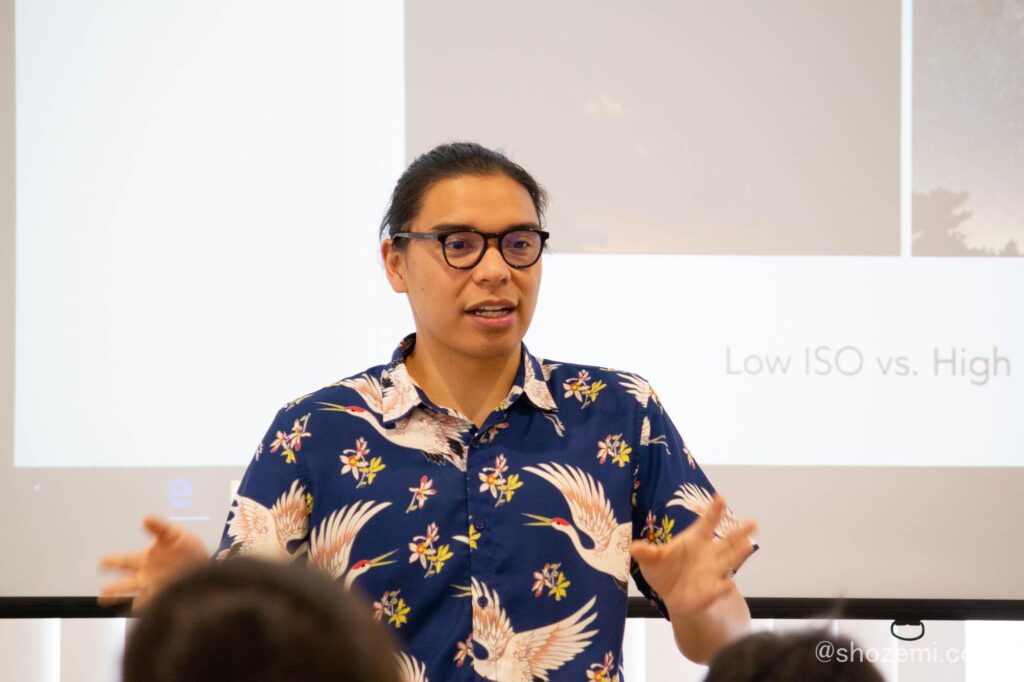
【HP】https://davidfelix.format.com/
【Instagram】https://www.instagram.com/mirucameras/
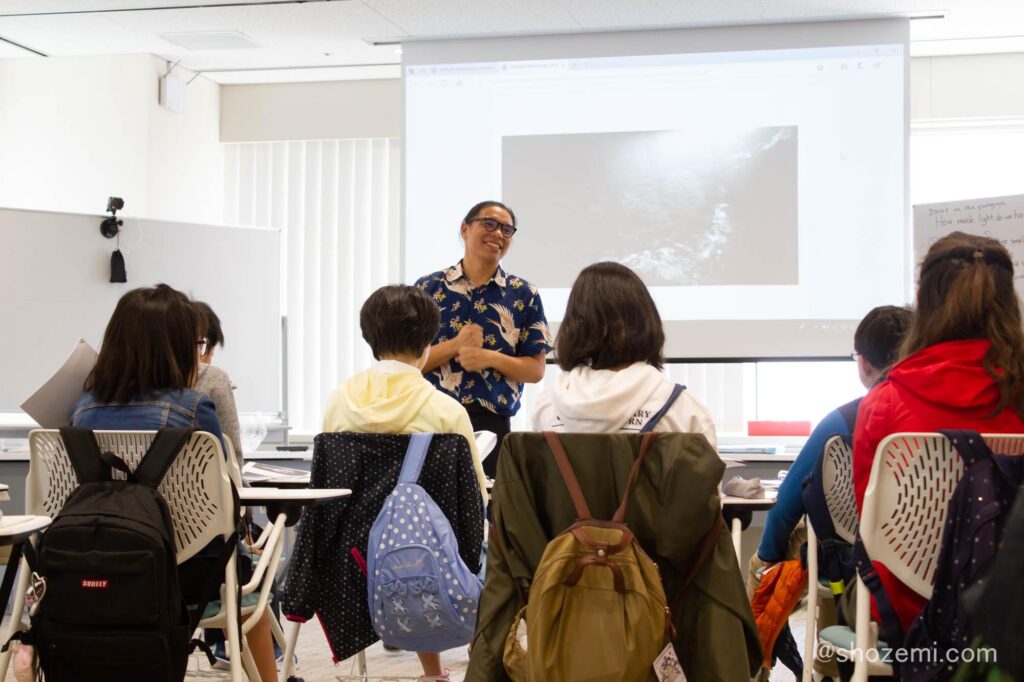
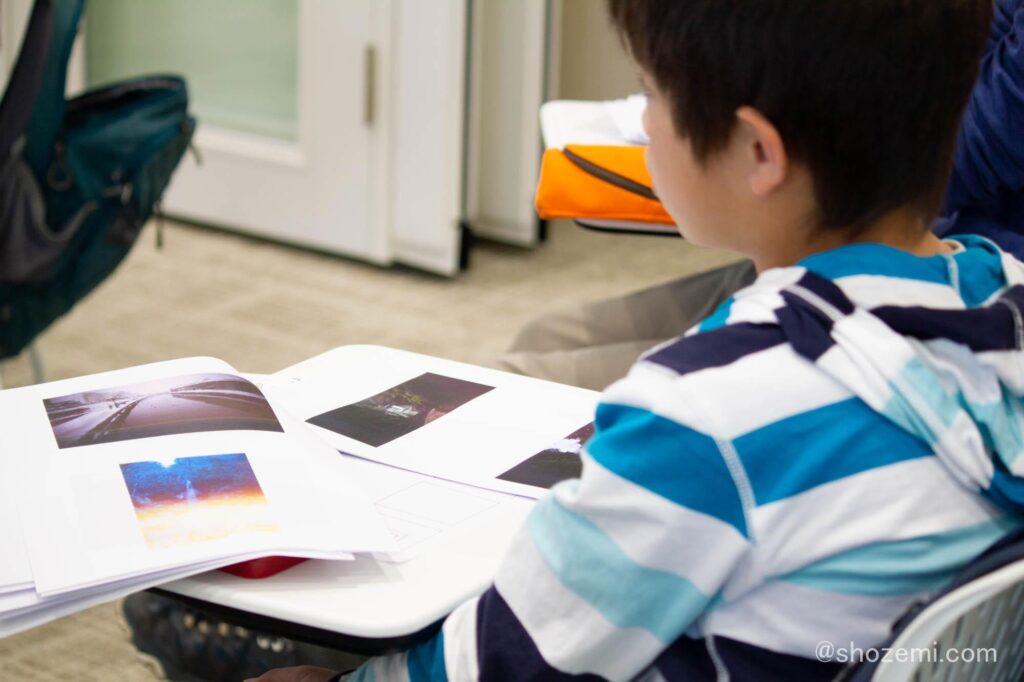
写真の基本知識をひと通り学んだ後には、Felix 先生が自らのピンホールカメラを使って撮影された作品を見ました。自分で作ったピンホールカメラで撮れる世界感に、生徒たちの期待はますます高まります。
After learning basic knowledge about photography, children looked through the photographs that Mr. Felix took with his own pinhole camera. Students got very excited about the possible photographs that they could take with their own pinhole cameras.
自分の作ったカメラで撮影するアナログ感は、世界中のあらゆる年齢層の愛好家にとってエキサイティングです!
The analog feel of pictures taken with one’s own handcrafted camera is exciting to enthusiasts of all ages around the world!
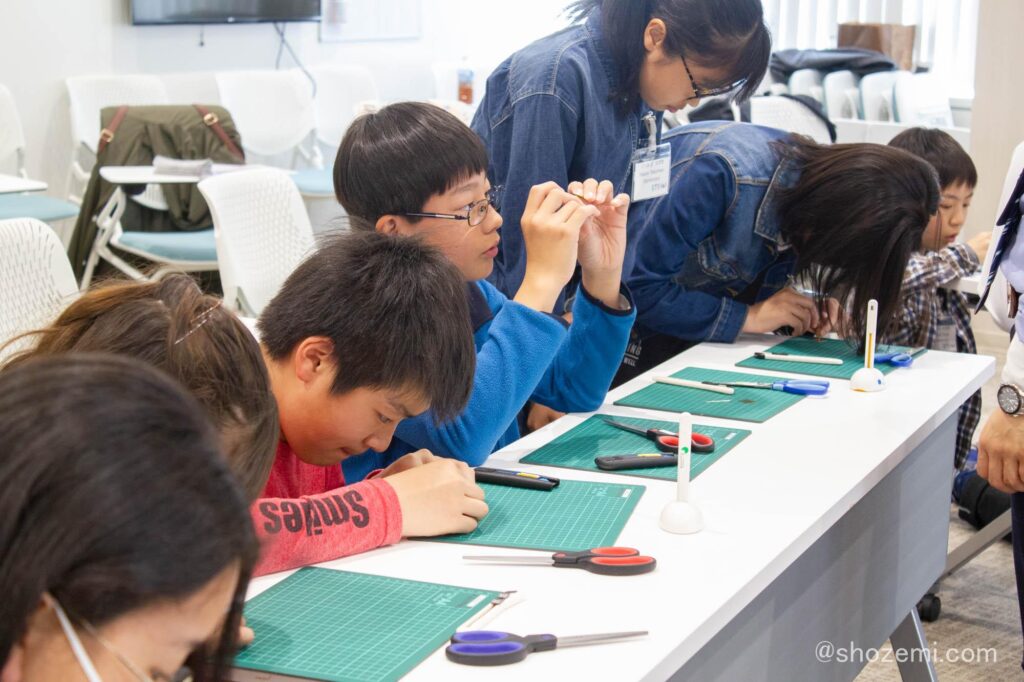
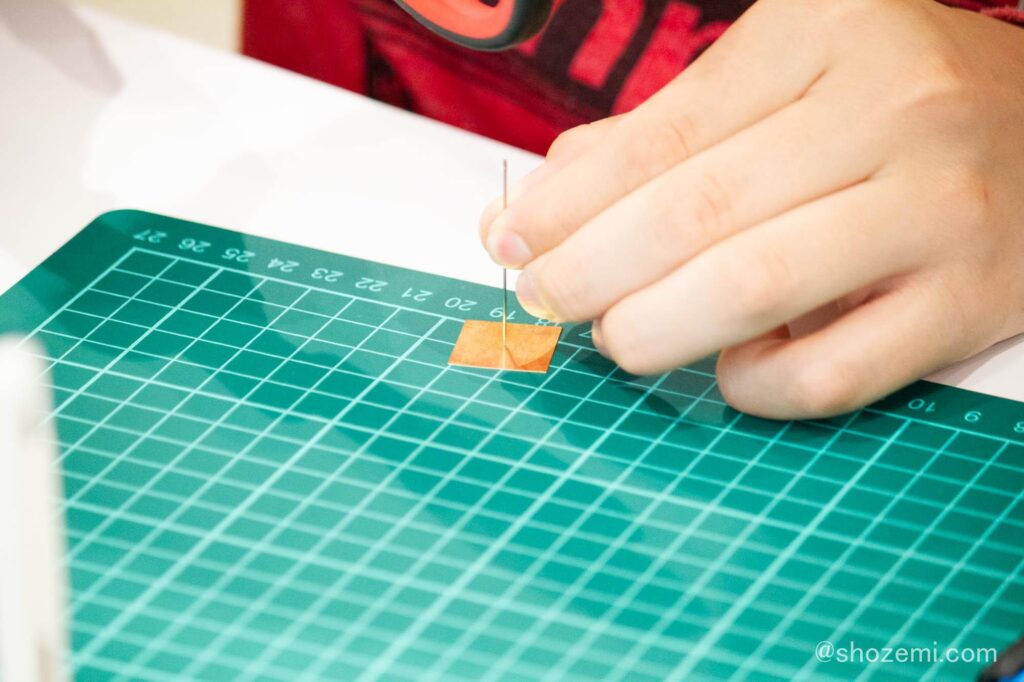
主な材料は、マッチ箱、35mmフィルムとフィルム箱、1mmの真鍮シート、針、黒い絶縁テープ。
まずは真鍮シートにピンホール(小さな穴)を空け、マッチ箱を使ってミリ単位の手作業による細かな創作を繰り返します。
The main materials were a match box, 35mm film and its box, 1mm brass sheet, a needle and black electrical tape. Students first poked a small hole in the brass sheet, and then executed numerous very exact steps that required their attention to precision down to the millimeter.
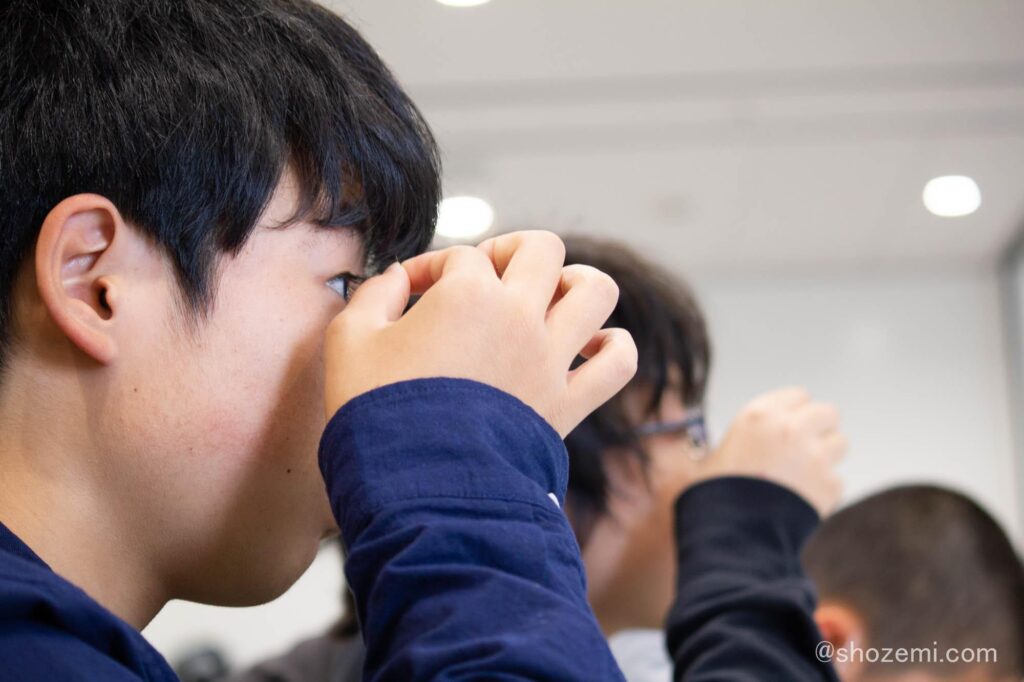
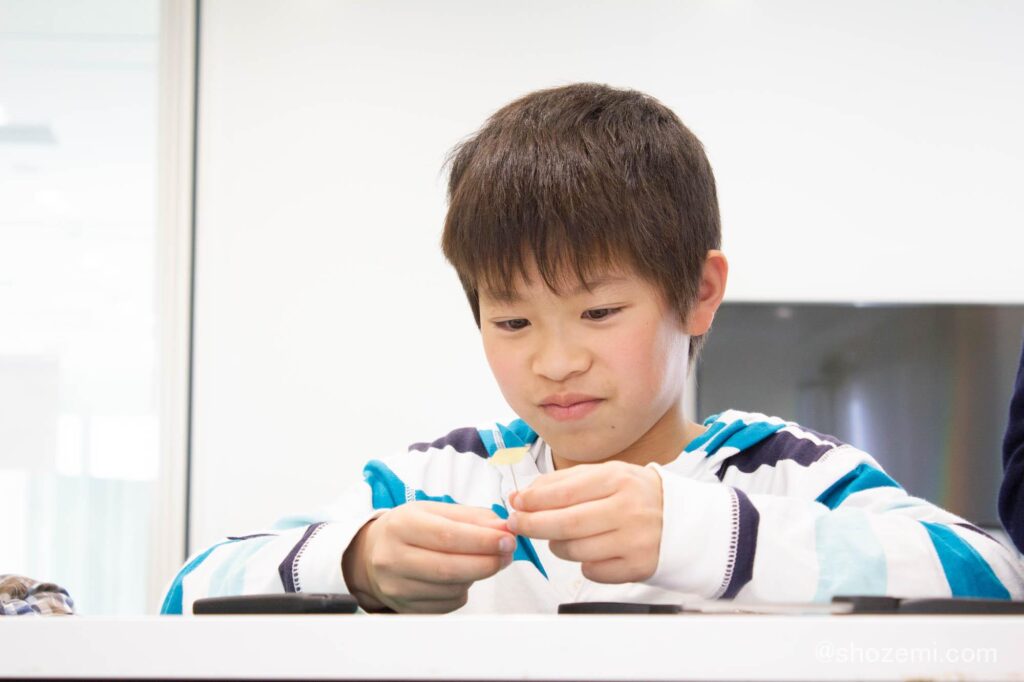
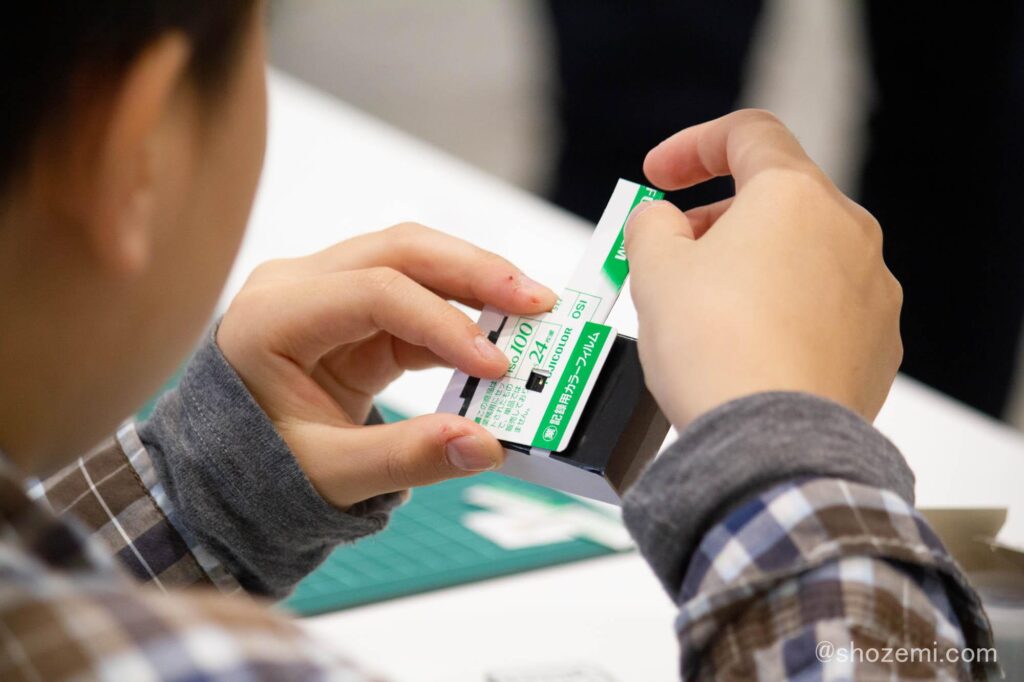
小さな子どもの手でも細かい作業に苦戦したものの、制作過程をエンジョイした生徒たち。そして、ようやく完成したピンホールカメラはこちらです。
Though the students’ hands are small, they were challenged by the fine steps and enjoyed the creation process. In the end, the pinhole camera that they completed looked like this…
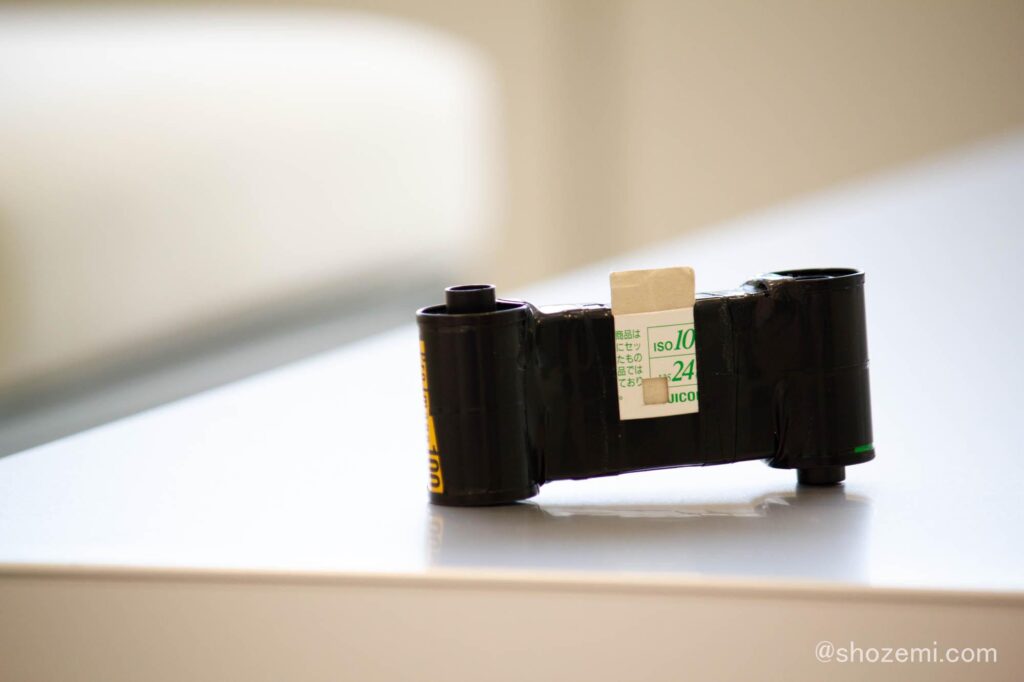
それでは早速、外へ繰り出し撮影です!
Let’s go outside to take pictures!
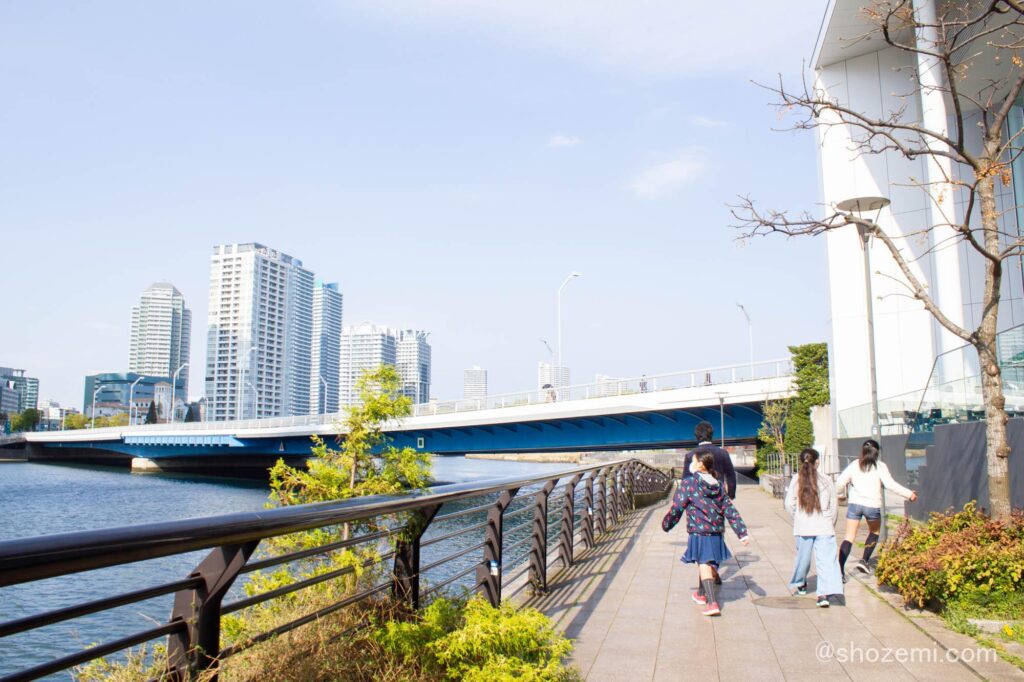
向かったのは湘南ゼミナール本部からすぐの高島水際線公園(横浜市西区)。この日は気候もよく、東京湾へと繋がる 帷子川も陽の光が当たってキラキラとしていました。
Children headed to the Takashima Suisaisen Park (Yokohama Nishi district), close to the Shonan Seminar headquarters.
It was a beautiful sunny day, and the sunlight danced on the surface of the Katabira river as it flowed into the Tokyo Bay.
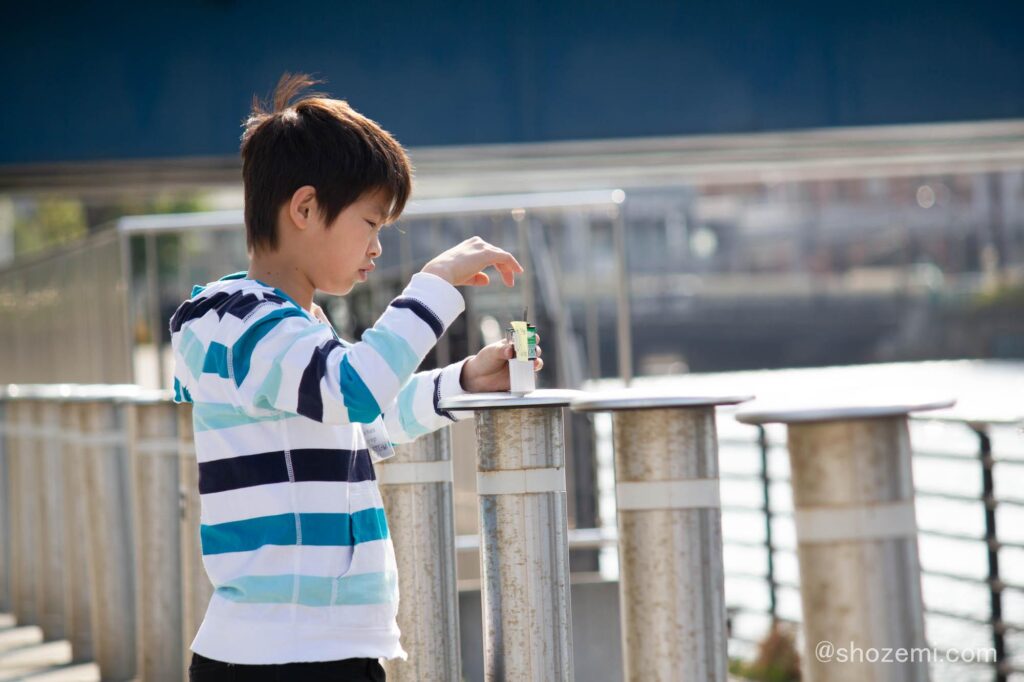
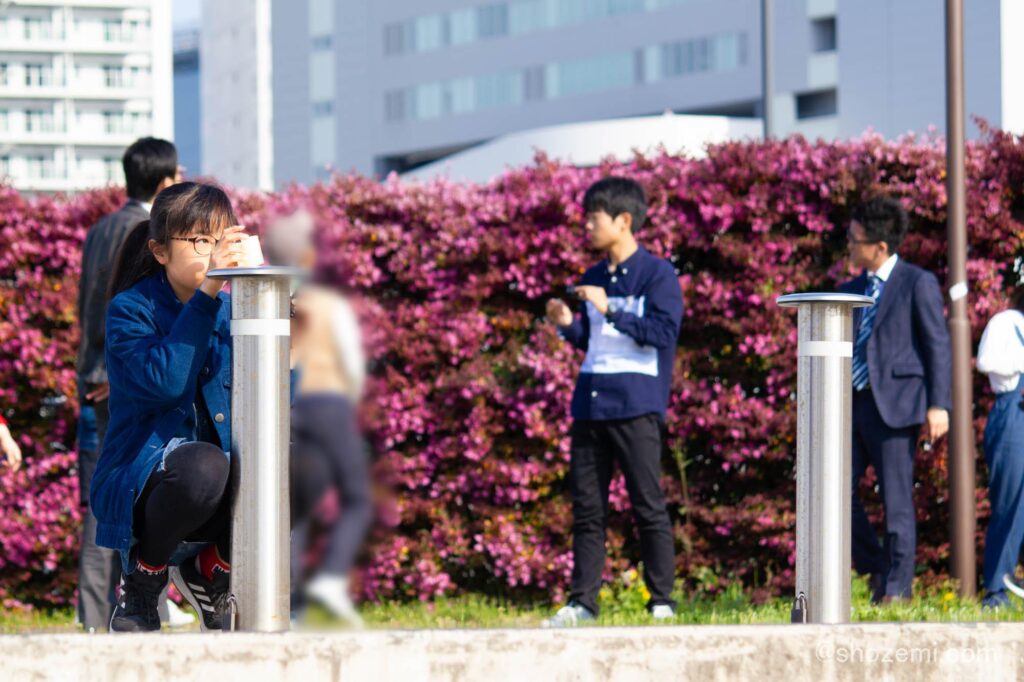
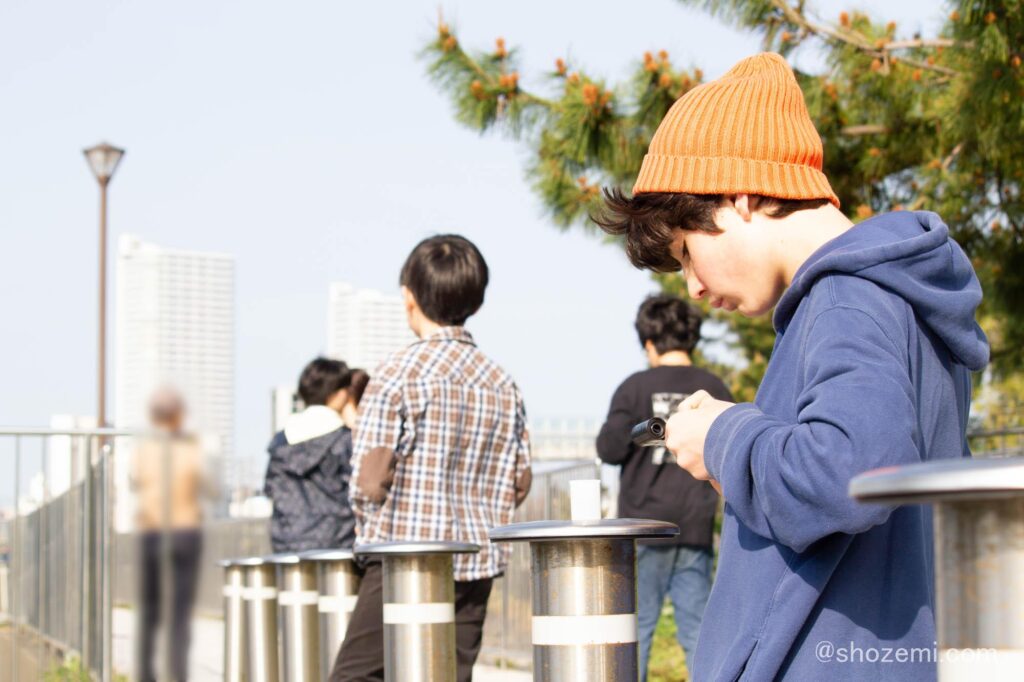
1度撮影する度に、カチカチカチカチと6回フィルムを巻き、手作業でフィルムを次のフレームに送ります。
Each time the children took a photo, they turned their clicker 6 times, “clickety-click-click, clickety-click-click,” to roll the film to the next frame manually.
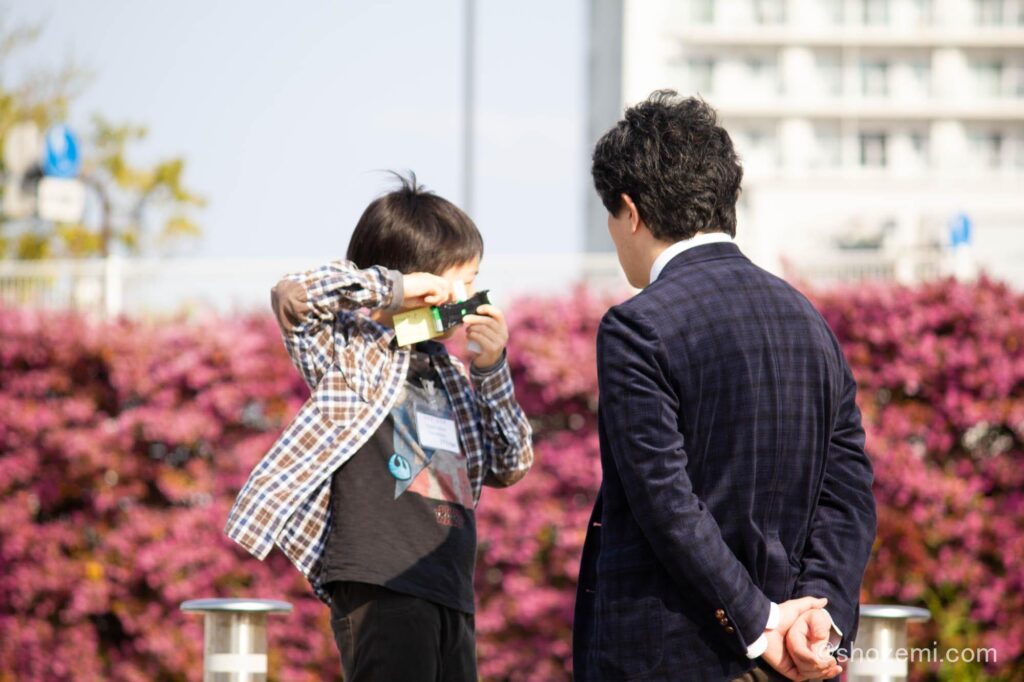
子どもたちは、思うままに撮りたいものを見つけ、自分の感覚を頼りに公園を冒険し、被写体となるものを探しました。子どもたちは教室を飛び出し、写真撮影の全ての過程を楽しみました。「この角度がおもしろいよ」、「どれくらい光を取り込むかがポイントだよね」、「動いているものはどう写るのかな?」など、グループワークを通してできた新しいお友達と話し合いながら、午前中に学んだ知識も活かし撮影する様子がみられました。
Children relied on their senses to guide them as they explored the park, searching for subjects for their photographs. They enjoyed the entire experience of the photoshoot, learning outside of the classroom. We saw the children applying the knowledge that they learned in the morning sessions during their conversations with their newly made workshop friends. Thoughtful comments such as “This angle is very interesting,” “The point is how much light we take into the camera!” and “How would a moving object turn out in the photograph?” elicited lively discussion and reinforced their absorbed knowledge, giving them an opportunity to share that knowledge with each other.
この日子どもたちが撮影した写真は、世界ピンホールカメラの日展示会 WPPD Exhibitionに出展いたします。
※出展名:「SHO-zemi Makerspace Works」
https://pinholeday.org/gallery/2019/index.php?formType=list&groupname=SHO-zemi+Makerspace+Works
「世界ピンホールカメラの日」を祝福するために、展示は2019年中閲覧することができます。
The photographs that the children took on this day are on exhibit on the “World Pinhole Camera Day (WPPD)” website under the gallery name SHO-zemi Makerspace Works. Their work will be available for viewing for the entire year, in celebration of World Pinhole Camera Day.
個人、学校、コミュニティ活動やグループなど、さまざまな方が出典している作品がたくさん載っています。
ぜひご覧ください。もしかしたら、2020年の展示会に参加したくなるかもしれませんね?
The exhibit is open to contributions from individuals, schools and community groups. Please take a look! Perhaps their work will inspire you to contribute to the gallery for 2020?
ピンホールカメラワークショップでは、子どもたちが自らの手で創り、カタチにできることを体験し、普段学校で勉強している内容がどのように実生活につながっているのかに気づくする機会となりました。更にグループワークを通して、協力することの大切さや一緒に学ぶことの楽しさも実感してもらえました。次回レンズ付きのカメラやスマホを手に取った際、どのような仕組みで動いているのか疑問を持ち、新たな質問が生まれ、自分たちの周りの事象について表面的ではない深い学びにつながることを期待しています。
The pinhole camera workshop offered a valuable opportunity for the children to create a meaningful experience for themselves, thereby realizing the connection between what they learn in school and applications of that knowledge in the world around them. Also, through group work, they understood the value of cooperating and the joy of learning together with others. We hope that the next time they see a camera, either with a lens or on a smartphone, that they will be curious about why it works, and this experience will spark the desire to ask questions and gain knowledge beyond what they see on the surface level in life happening around them.
SHO-zemi Labs Makerspace では、子供たちの興味を刺激し、学校で学んでいる理論や概念を実践的に応用する機会を提供するべく、プロジェクトベースの学びの機会を提供していきます。SHO-zemi Labs Makerspace のイベントに今後もご期待ください!
SHO-zemi Lab Makerspace will continue to offer Project Based Learning opportunities to stimulate children’s interests and provide an opportunity for hands-on application of the theories and concepts which they are learning in school. Please look forward to more events from SHO-zemi Lab Makerspace!
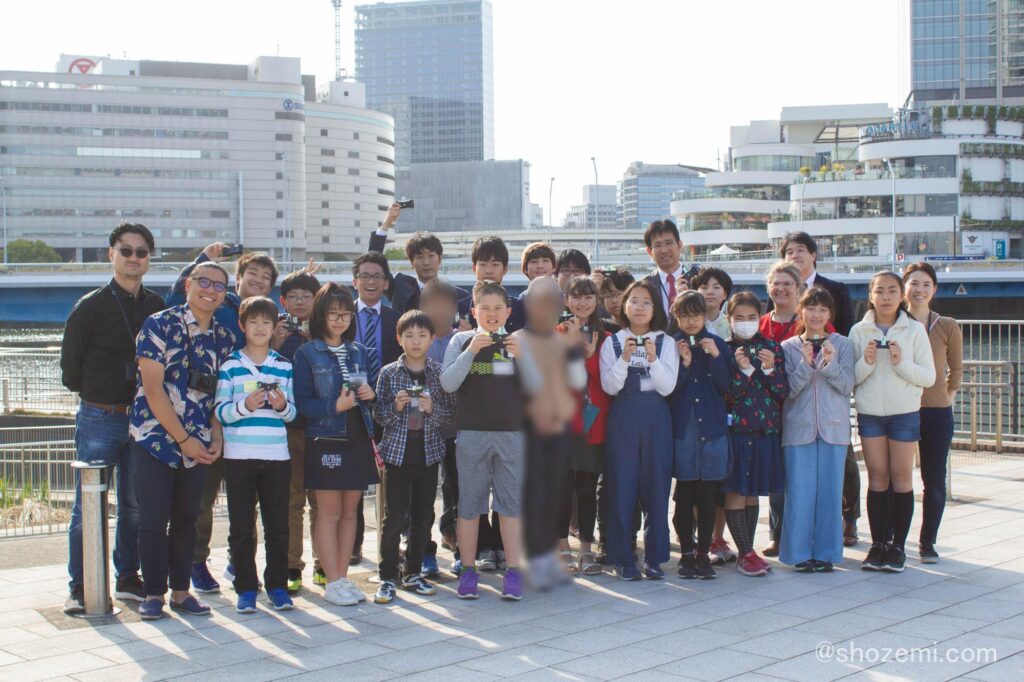
無料体験 受付中!
お近くの 湘南ゼミナールを探す
- 中区

